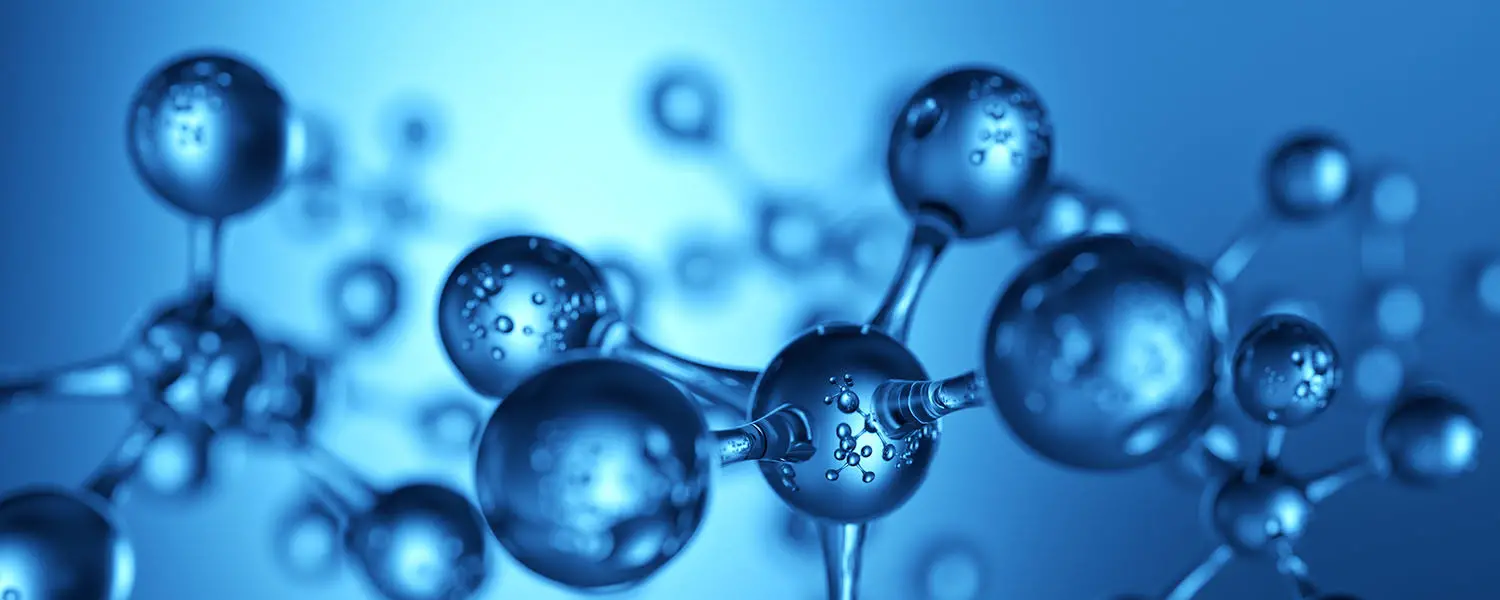Indole is a benzopyrrole in which the benzene and pyrrole rings are fused through the 2 and 3 positions of the pyrrole nucleus. Indole exists in many natural products such as indole alkaloids, fungal metabolites and marine natural products. Indole derivatives have been found to contain a variety of biological activities, including antibacterial, antibiotic, anti-inflammatory, analgesic, anticonvulsant, antimalarial, anticancer, antiulcer, antileishmaniasis, contraceptive, antioxidant, etc. These derivatives also have agonistic effects on various receptors such as liver x receptor and 5-HT1D receptor.

Driven by the anticancer clinical drugs containing indole alkaloids such as vincristine and vinblastine, many studies have also been carried out in the field of indole alkaloids from natural sources in recent years. The approval and use of these indole drugs has further inspired medicinal chemists to design and synthesize various other molecules containing indole structures. These lead compounds exert their anticancer effects through unique mechanisms such as inhibition of Bcl-2, Mcl-1 proteins (induces apoptosis), PIM proteins (impedes cellular processes and signal transduction in cells), DNA topoisomerases, aromatase, and cellular mitosis. We summarize the recent progress of indoles in designing anticancer compounds that exert their efficacy by acting on various targets such as topoisomerase, tubulin, aromatase, kinase, etc.
 Fig. 1. Target-based anticancer indole derivatives and insight into structure-activity relationship [1].
Fig. 1. Target-based anticancer indole derivatives and insight into structure-activity relationship [1].
- Indole as Tubulin Polymerization Inhibitors
Microtubules are cytoskeletal components composed of long chains of tubulin, which are tiny subunits of proteins. Tubulin is involved in various important cellular activities, including cell motility, cell division, cell shape control, and intracellular transport. Because microtubules play an important role in cell division, they are considered important targets for chemotherapeutic drug development. Indoles are thought to hinder tubulin polymerization by dissolving the mitotic spindle and disrupting microtubules, leading to cell cycle arrest. Various recent literature reports have revealed the tubulin polymerization-inhibiting properties of indole scaffolds. For example, Combretastatin A-4, a native tubulin-binding substance, binds to β-tubulin at the colchicine-binding site, inhibits tubulin polymerization, and disrupts the normal mitogenic and functional spindles. In addition, it has anti-angiogenic and anti-angiogenic activities.
- Indole as Topoisomerase Inhibitors
DNA topoisomerases (I and II) are ribozymes that are regarded as important targets for anticancer drug design due to their important roles in DNA replication and recombination, as well as repair and transcription. Currently, indole molecules such as indolocarbazole have been developed as potential topoisomerase I inhibitors in clinical trials. In 2017, Lima et al. revealed the antiproliferative activity of 4-thiazolidinone indole derivatives on eight human cancer cell lines by inhibiting topoisomerase 11α. Following the successful synthesis of the above derivatives, Bakherad et al. in 2019 designed novel indole thiosemicarbazides derivatives as antiproliferative agents. They synthesized a series of compounds with phenyl-substituted aryl and 4-methoxyphenyl groups and found that phenyl substitution had a great effect on cytotoxic activity.
- Indole as Potent Anti-Cancer and Apoptosis Inducers
Apoptosis is a form of programmed cell death in which cancer cells and infected cells are eliminated by the body. Cells normally try to repair damaged DNA. But sometimes, the damage cannot be repaired, and then apoptosis begins to play a role and remove the damaged DNA. When DNA-damaged cells fail to undergo apoptosis, they may cause cancer. A balance must be maintained between mitosis (proliferation) and apoptosis (cell death). Therefore, understanding the apoptotic process is very important for the development of effective chemotherapeutic drugs. Currently, some commercially available anticancer agents use indole as the backbone, and the attachment of heterocycles to indole increases the anticancer activity. In 2019, El Sharief et al. designed and synthesized new indole derivatives as potent anticancer drugs and apoptosis inducers. Their study showed that fusion derivatives showed stronger anticancer activity than spiro derivatives.
- Indole as Aromatase Inhibitors
Aromatase, a C4P (cytochrome P-450) blood protein, is a monooxygenase responsible for the conversion of androgens to estrogens through demethylation and aromatization of the steroid ring. The increase in hormones stimulates the growth of various cancers, especially breast cancer. Aromatase inhibitors inhibit aromatase activity by interacting with the aromatase substrate binding site. Studies have shown that indole derivatives have the potential to stimulate aromatase inhibition. For example, melatonin, a natural indole hormone, has been shown to inhibit aromatase, thereby preventing free radical-induced carcinogenesis and blocking local estrogen synthesis in breast tissue.
- Indole as Kinase Inhibitors

Phosphorylation driven by protein kinases (tyrosine and serine tyrosine kinases) is one of the important mechanisms by which intracellular signaling pathways are activated through the expression of genes responsible for cell proliferation, growth and apoptosis. Protein kinases are generally considered to be oncogenic and are essential for the survival and spread of cancer cells. Therefore, the search for new kinase inhibitors has been intensified over the past two decades. For example, a valuable mixed pharmacophore strategy was investigated by Warhi et al. to synthesize Oxindole-Indole conjugates with inhibitory activity against cyclin-dependent kinaes (CDKs). In addition, the indole-aminoquinazoline compound synthesized by Mphahele et al. in 2018 also showed potent activity against epidermal growth factor receptor (EGFR).
If you are interested in our indole organic building blocks, please click here for more information.





